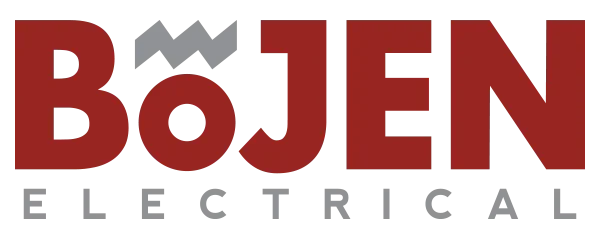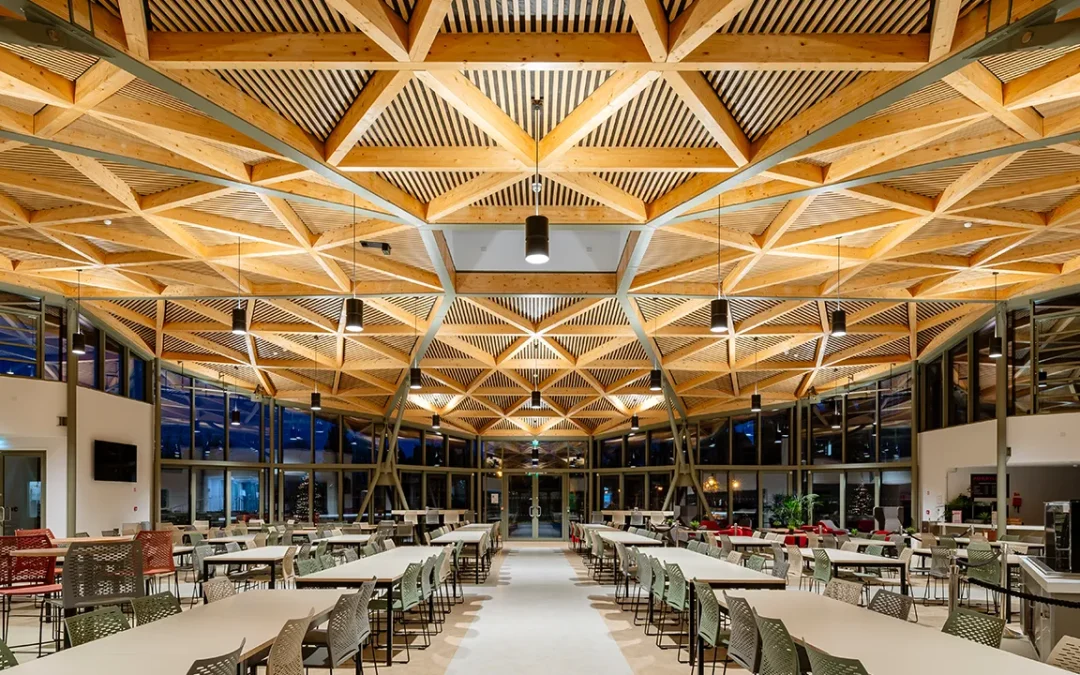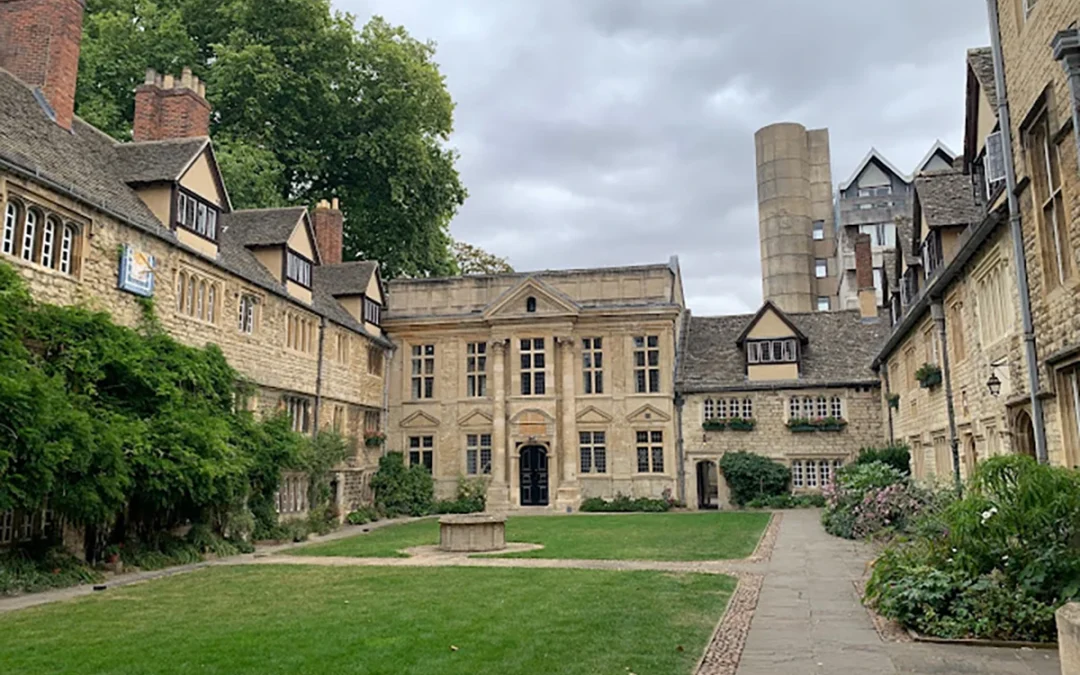Background / Objectives / Timeline
Bojen Electrical undertook a detailed feasibility study when they were approached by a client who wanted state of art equine recuperation facilities but on a very much restricted budget. In essence, the Company would have to redesign and create bespoke heating and lighting systems for an equine spa, chiller, salt room and exercise room. In addition, Bojen would also have to devise a way to create water pumps for the horse treadmill.
This project interested the Company as it would be a fascinating developmental challenge, encompassing both the domestic and commercial market. The client wanted to embrace all new LED technology on the lighting and controls, achieve very exacting requirements for the horses, and fully incorporate new and specialist equipment; all on a very limited budget. As such, value engineering would be a critical element.
Advance(s) Sought
The primary advance sought was to develop the most environmentally friendly equine recuperation facilities without compromising the health of the horses. By adding unique LED Lighting, the Company looked to reduce energy costs and carbon emissions. Bespoke lighting controls were also required to enable automatic dimming control.
Bojen needed to complete this job as cost-effectively as possible – the original lighting and heating specifications were vastly over-engineered, and beyond the client budget. The company therefore sought to modify the design and create a more cost-effective, yet equally operationally and aesthetically beneficial solution – essentially more with less.
Technical Challenges
The client completed a performance specification based only on generic installations previously completed which Bojen used to complete the initial tender. This meant there where many elements of work that had previously not been done before, all of which required research and design, to put the client’s vision and requirements into the new facilities required.
There were several challenges, including:
- Issues arising from the rural siting of the water and heating installations
- Devising relevant routes to run the electrical and mechanical installations without losing any of the required space and to prevent spoiling the finished look of the buildings. Innovative design of the spaces was required to ensure that correctly sized heating layouts were installed.
- High bay LED lighting had to be installed in the barns. This would require specialist coloured fluorescent tubes to avoid any flickering and strobing which would upset the horses. Significant research and testing with horses would be needed to find the best solution.
- Because of the unusual proposed use of the building the Company had to investigate how power supplies and control measures required with the equine equipment would work with optimum efficiency. Special attention was required for the lightning & surge protection and the correct residual current devices installed, as the site came under special conditions of the BS7671. This meant that special provisions would have to be created to metering and monitoring of power supplies to each building.
- Due to different temperatures being required in each separate room, the heating systems needed to be both efficient and flexible. Many options were researched and discussed, with the best option turning out to be air source heating systems for the accommodation and management areas and electric panel heaters for some other areas. This created an issue with sterilisation, because the air being pumped and the requirements for equine recuperation would have to be met.
- Air source heating requires individual thermostats in each room/zone connecting to main PCB controlling the underfloor heating wiring centres, sensors and links to the external units, pre-programmed as per the required settings for each area. This created issues of cost because of the tight budget. Experimentation and reverse engineering would have to occur to keep within budget.
- Additionally, there was a requirement for a booster set and controls to be installed, which required wiring and setting up as per the agreed specification. This was going to have to be unique, and again experimentation would have to occur.
Resolution of Challenges, Project Outcomes and Future
Bojen were heavily involved in all aspects of the entire build, including close liaison with the builders and engineers responsible for the main build. Indeed, the environmental aspects put forward by Bojen captured the essence of what the client was trying to achieve, even though these heightened the low budget challenge.

Specific resolutions undertaken and achieved included:
- Development and experimentation with (and installation of) duty point systems variable speed compact booster set, fitted with 3 multi-stage vertical pumps with motor-mounted variable speed drive, 6 isolation valves, 3 single disc non-return valves and 2 pressure vessels. All of this was mounted on a powder-coated mild steel base assembly with integral anti-vibration mounts; resulting in a maximum system pressure of 10 Bar and a maximum system temperature of 40oC.
- As all intelligent control is within the inverters, the panel contains only a door-interlocked isolator, individual pump isolators, power on and fault lamps. A common fault volt-free contact and low water connection device contacts were included.
- Adaptation to, and installation of, a combined WRAS approved storage tank with Category 5 type ‘AB’ air gap and variable speed twin pump booster set. This is a free-standing unit comprising an insulated tank with approximately 490 litres actual storage, stainless steel multistage submersible pumps, inverter drives and isolation panel with low level protection and common fault VFC. The final unit also includes isolation & non-return valves and stainless-steel pressure vessel and a 0.75” high flow solenoid inlet valve.
- Overall, this was a successful project – creating a fantastic facility for the horses to rejuvenate from injuries and provide staff with suitable accommodation to enable the seamless running of the business with no effect to the local environment and with a high efficiency and a sustainable impact for many years to come.
- This success has led to further work and Bojen have been in talks with developers, completing more tenders for future projects.
Prototypes / Testing
No prototypes were produced. However, testing was conducted throughout to ensure safe and effective systems were installed.
The aim is for Bojen to become the preferred developers / installers for such innovative and ground-breaking developments.




